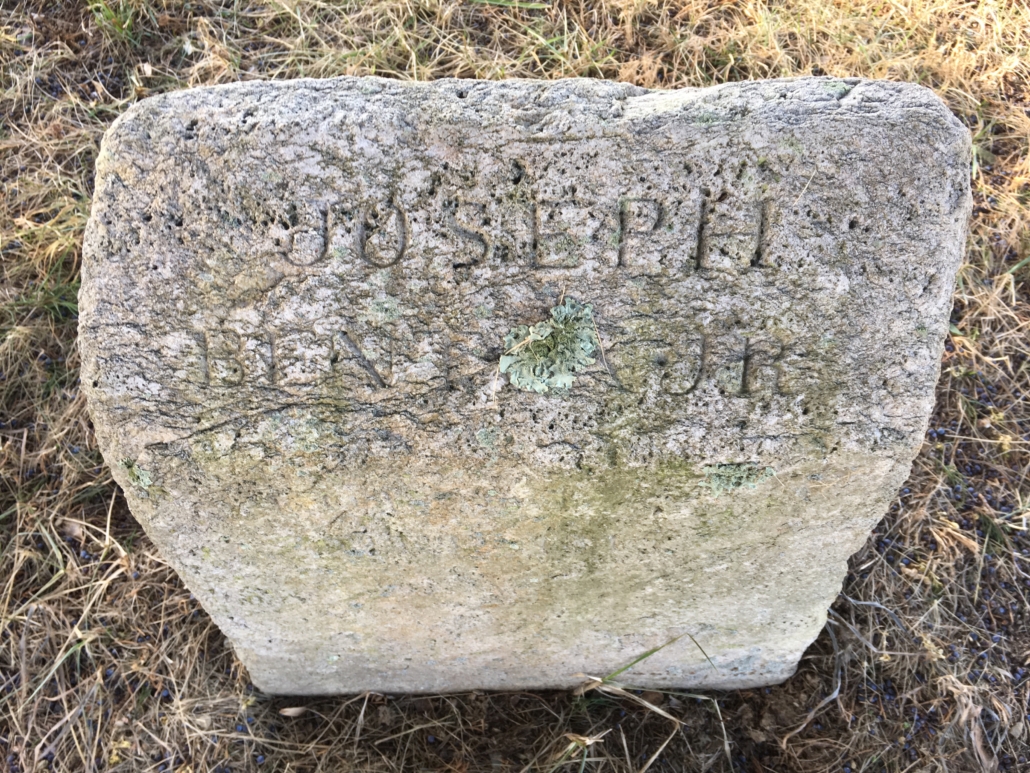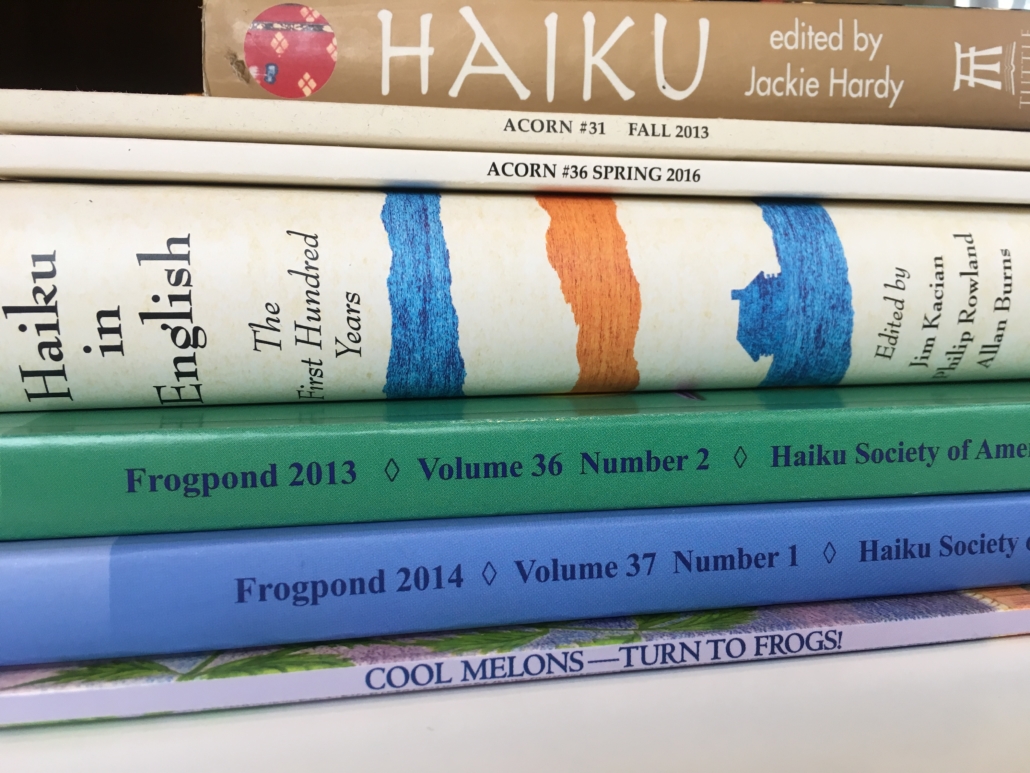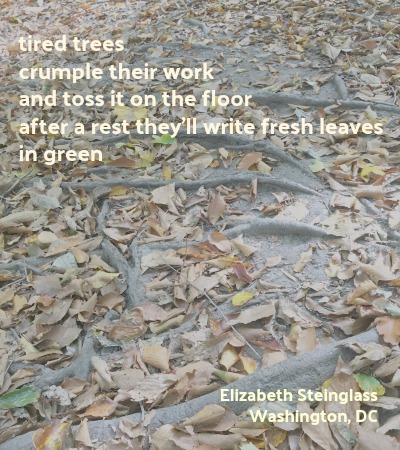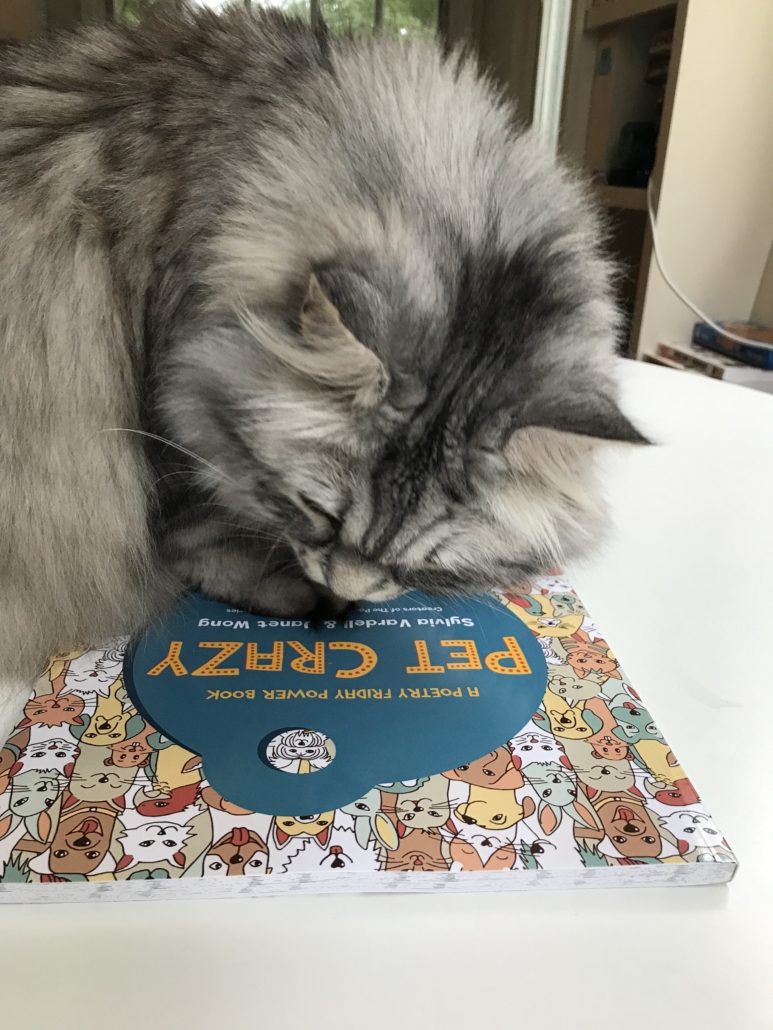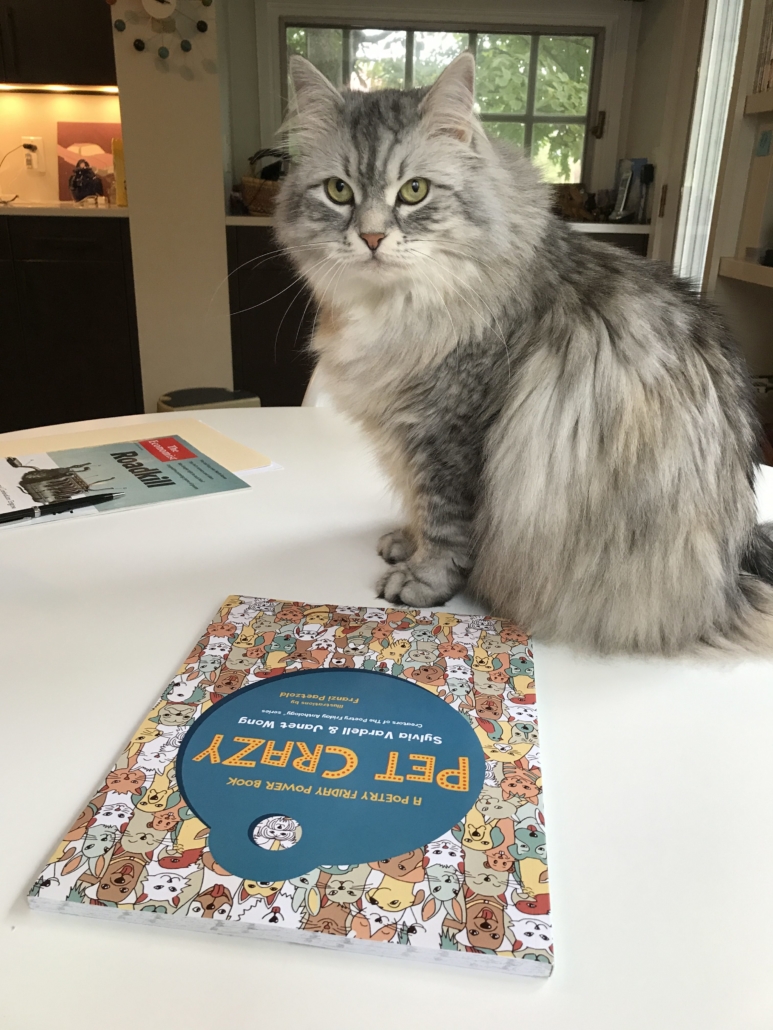
Why I’m Here
I’m here to make pancakes
when it’s hard to go to school.
I’m here to save the crossword
and talk about the day. I’m here
to be calm when others can’t,
to hug and find what’s lost.
I’m here to listen. I’m here to cry.
I’m here to make a warm chair
for a spiraled, sleeping cat. I’m
here to walk in the woods and find
the purple crocus hiding in the snow.
I’m here to pet the ancient pug
and say hello to the gray-haired
woman who lives across the street.
I’m here to sit at my desk and stare
at a blinking cursor on a white page
and tap, tap, tap the keys to make
letters, images, melodies. I’m here
to tinker and reshape, to follow
unintentional leads. I’m here
to share my words and hope
someone will understand.
I hope you all know George Ella Lyon’s beautiful poem “Where I’m From.”
I love that poem. I love the powerful connection between the intimately concrete, her heritage, and her identity. I know many schools use the poem as a model for student writing. I’ve used it as a model to write about my family and identity too.
It’s also a model and inspiration for the poem above. In our busy rush-rush world where we’re all racing to get through our lists of things to do, I think it can be hard to remember why we’re here. It can be hard to connect to the important things that give our lives meaning. I wanted to take the time to think about why I’m here. As with George Ella Lyon’s poem, I’ve tried to use the particular and the concrete to connect me to my deeper commitments. I was hoping to connect the things I actually do to the why I do them.
I think I’ve wanted to write this kind of poem ever since I saw this TED talk by the artist Candy Chang. In mourning for a loved one, she got some friends together to paint an abandoned building in her neighborhood in chalkboard paint. She then stenciled the phrase “Before I die I want to __________” all over the building. By the next day the building was covered in answers: some humorous, some concrete and manageable, some tender, and some hugely ambitious. She doesn’t say it in her talk, but I saw the building as a poem written by a community. Other communities, inspired by the project, have made their own versions.
With all of this in mind, I wrote “Why I’m Here.” I hope maybe some of you will want to write a “Why I’m Here” poem too.
Please share your links below, go visiting, leave lots of comments, and have a wonderful Poetry Friday!
Liz
[inlinkz_linkup id=767095 mode=1]
